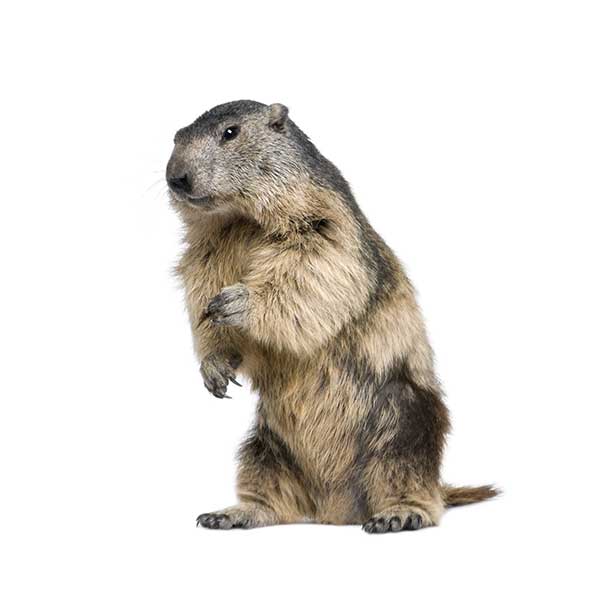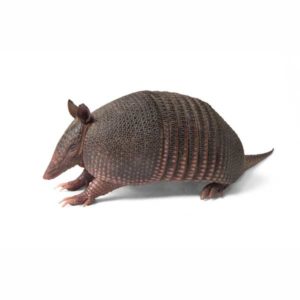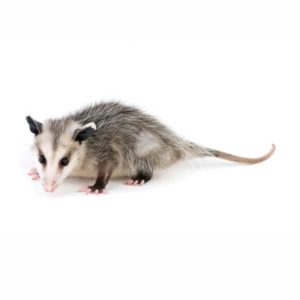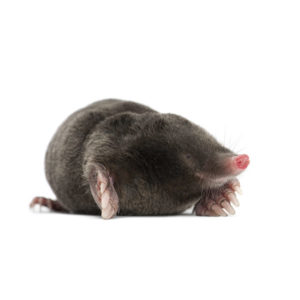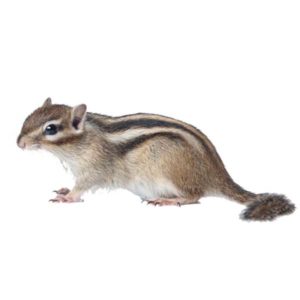Groundhogs in Salina
Groundhogs, also called woodchucks, are large rodents found in many parts of Salina. The groundhog is actually a member of the squirrel family, and its front feet are very powerful tools used for digging burrows. Groundhogs can become a real pest for homeowners as they burrow under vegetable and flower gardens, sheds, and outdoor structures. As true hibernators, they fatten up in spring and summer and retire to burrows for hibernation during the winter months.
Groundhog Habitat
Groundhogs are very common in rural areas but have been increasingly seen in suburban neighborhoods. These large rodents are herbivores, with a diet including fruit, plants, tree bark, and grasses. Groundhogs dig burrows near vegetation that can be as deep as five feet and generally have more than one entrance. The entrance hole is made larger as the animal grows and will eventually be a foot wide with a mound of soil around it. Burrow entrances are usually well-hidden and can be difficult to find. Groundhogs often hide these holes by digging them underneath vegetation or loosely covering them up with leaves and sticks.
Groundhog Behaviors, Threats, or Dangers
Groundhogs are docile creatures, rarely coming in contact with people, and pose no major public health hazards. They are considered nuisance pests because they are capable of causing extensive damage to home gardens, lawns, and orchards as a result of their feeding and burrowing habits. When burrowing, groundhogs have been known to destroy building foundations, create unwanted holes on lawns and cause electrical outages from gnawing on underground wires. If an infestation is suspected, contact a licensed wildlife control professional.

